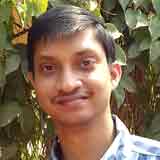Kamarpukur - The Birthplace of Sri Ramakrishna - GetBengal story
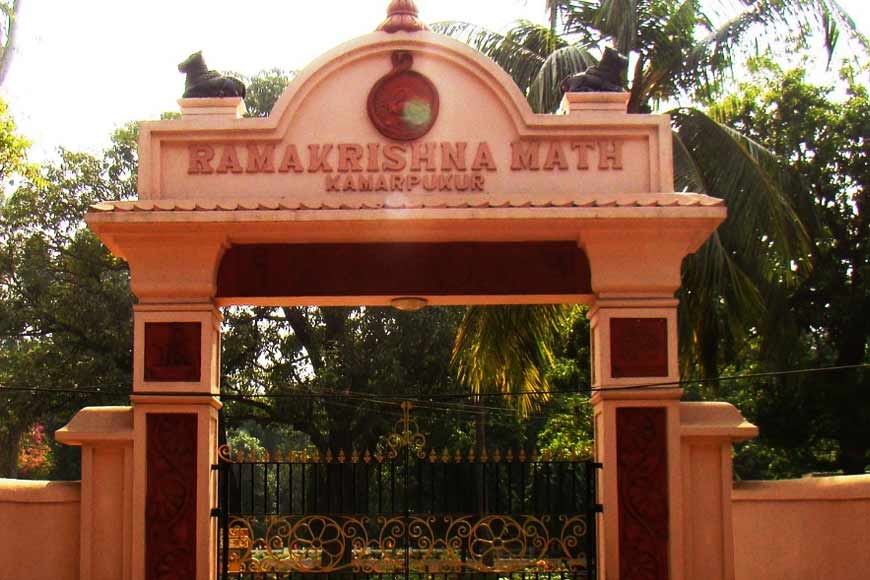
Religious tourism is one of the oldest forms of tourism that exists. Since the dawn of time, pilgrims have travelled thousands of kilometres to sacred places, either to fulfil their wishes, cure ailments, or merely experience the peace and spirituality of the place. Considered to be a melting pot of different cultures and religions, the East Indian State of West Bengal is home to many temples, mosques, synagogues, and monasteries, all of which attract thousands of national and international tourists.
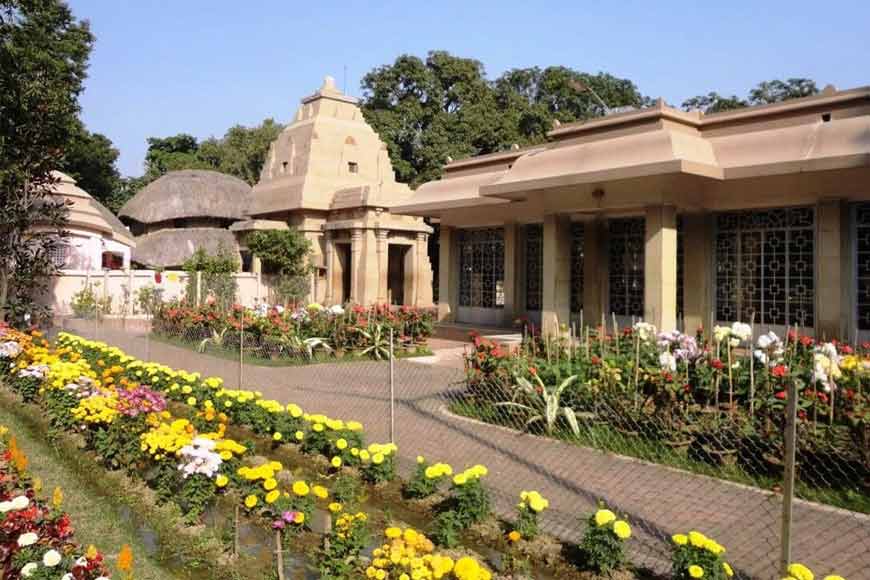
Visiting religious sites and participating in spiritual activities can strengthen personal beliefs, but it is also important as it nurtures cultural exchange and significantly impacts the economy of the place.
Often, the sites associated with the lives of divine incarnations or saints that bear testimony to their ‘leelas’ (divine plays) in this mortal world have also become renowned centres of pilgrimage. A village in West Bengal, known as Kamarpukur in the Hooghly District and regarded as the birthplace of Sri Ramakrishna, is a prominent place in the state’s religious tourism circuit. Every year, pilgrims from all around the globe converge here to pay their obeisance to the Divine Soul.
Kamarpukur
Kamarpukur is situated in the Hooghly District’s Arambag subdivision. This beautiful village is a haven of natural beauty and erstwhile prosperity. A popular belief amongst the people of the village is that thousands of years ago, the village was surrounded by verdant fields, such that it looked like ‘an island floating in an infinite sea of green.’
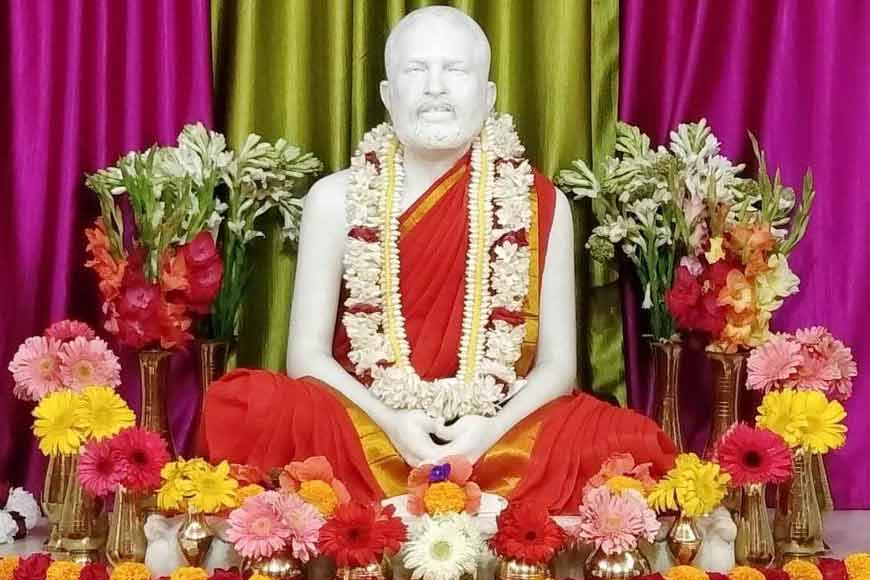
Sri Gadadhar Chattopadhyaya, who later became famous worldwide as Sri Ramakrishna Paramhansa, was born on February 18, 1836, in this serene hamlet.
With the assistance of Sri Ramakrishna's disciples and the administration of the Ramakrishna Math and Ramakrishna Mission, a magnificent temple honouring him has been built in Kamarpurkur, on the exact location of his birth. This marble statue of Sri Ramakrishna was placed on May 11, 1951, and is regularly venerated.
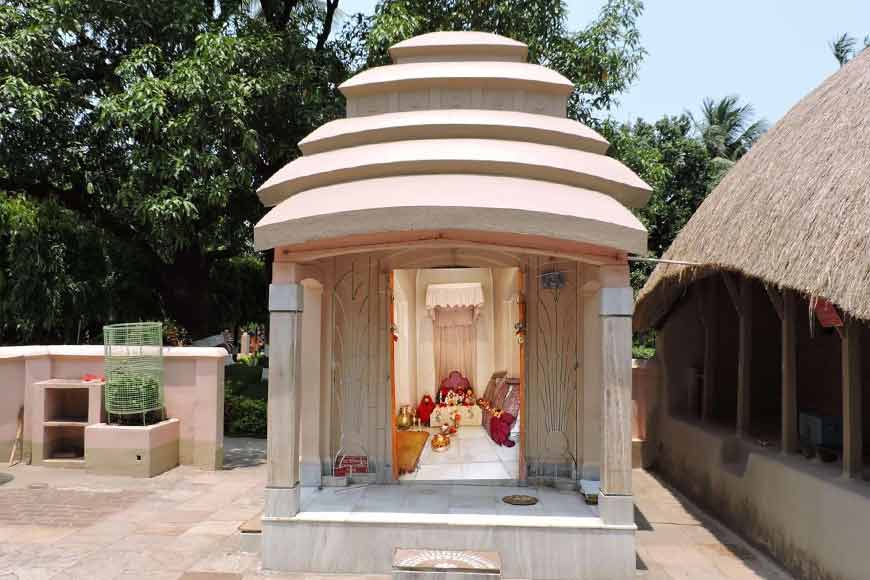
Apart from the Garbha Mandir, pilgrims can visit the ancestral home of Sri Ramakrishna. The living room of Sri Ramakrishna, the temple of Sri Raghuvira, the parlour (meeting room), and the mango tree, which was planted by Sri Ramakrishna himself, are all open for visitors to see. A short distance from the Ramakrishna Math Kamarpukur complex are a few sacred sites associated with Sri Ramakrishna, such as Jugi’s Shiva Temple, the re-excavated Haldarpukur, the house of the Lahas, the primary school of the Lahas, an ancient temple of Gopeshwar Shiva, Sitanath Pyne’s House, Dhani Kamarini’s birthplace and temple, Chinu Shankhari’s birthplace, Budhui Moral cremation ground, the rest-house or Choultry of the Lahas, Mukundapur Shiva Temple, Bhutirkhal cremation ground, and Manik Raja’s mango grove, all of which are certainly must-visit for devotees.
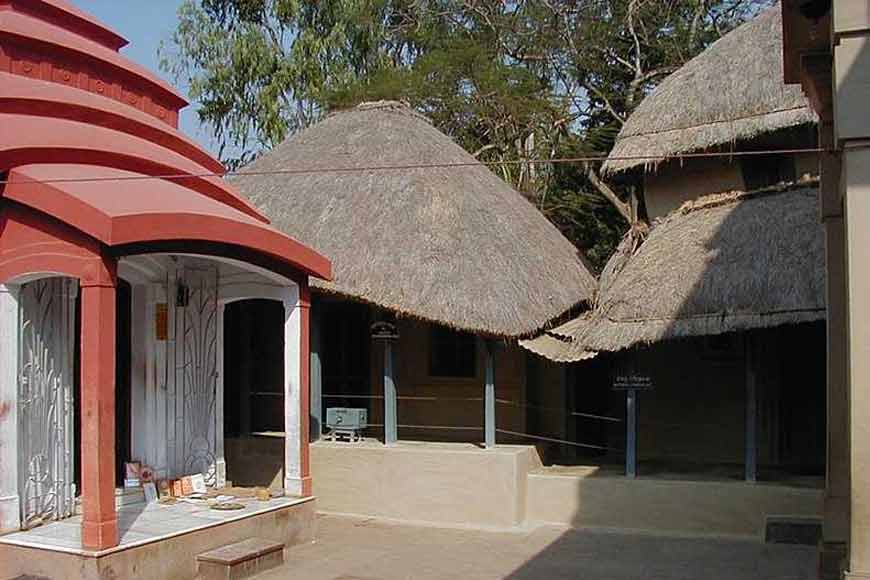
Kamarpukur has become a popular tourist destination in recent years as a result of the beautiful temple and the surrounding temple grounds and gardens. The peaceful environment, as well as the new guest rooms, dispensaries, and schools, have transformed the place completely, beckoning people who are looking for some spiritual enlightenment.
Temple Timings :
April to September :
4.00 - 11.30 a.m. & 4.00 - 9.00 p.m.
October to March :
4.30 - 11.30 a.m. & 3.30 - 8.30 p.m.
How To Reach
By Train: Aboard the Howrah Goghat Local train that runs daily between Howrah Junction and Goghat. It takes about 14 minutes by car from Goghat station to Kamarpukur.
By Car: 2 hr 49 min (95.3 km) via Ahilyabai Holkar Rd/Bankura - Beliator - Sonamukhi - Khandaghosh - Nischintapur Rd/Champadanga-Dankuni Rd






